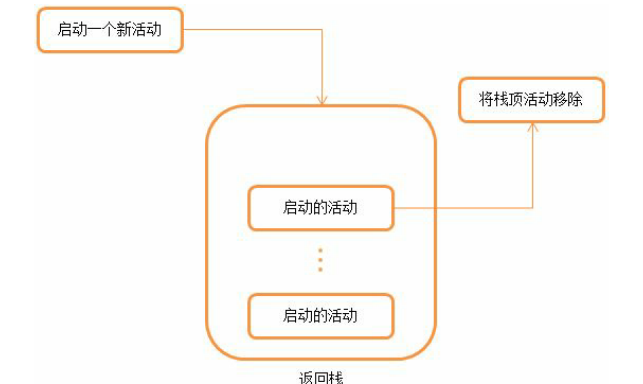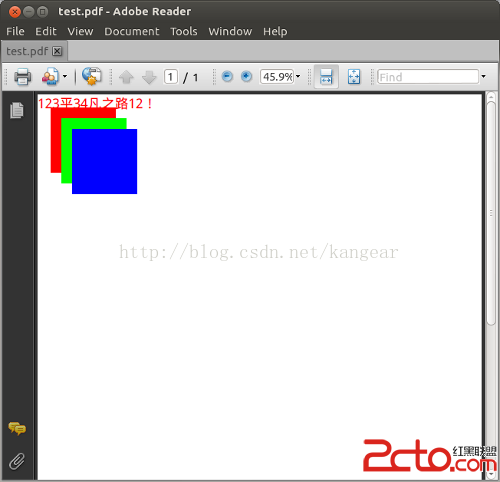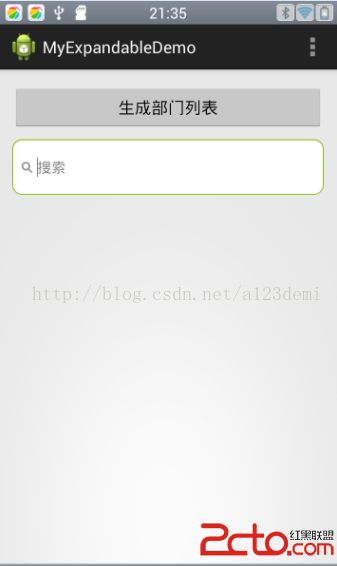編輯:關於Android編程
Thread thread = new Thread() {
public void run() {
//子線程中發送消息給主線程
Message msg = new Message();
msg.what = 200;
msg.obj = param;
msg.arg1 = 3;
handler.sendMessage(msg);
};
};
Handler handler = new Handler() {
public void handleMessage(Message msg) {
//主線程接收到消息,更新UI
};
};
public Handler() {
this(null, false);
}
public Handler(Callback callback, boolean async) {
mLooper = Looper.myLooper();
if (mLooper == null) {
throw new RuntimeException(
"Can't create handler inside thread that has not called Looper.prepare()");
}
mQueue = mLooper.mQueue;
mCallback = callback;
mAsynchronous = async;
}
final MessageQueue mQueue; //消息隊列(鏈表結構,下面會分析到) final Looper mLooper; //可理解為消息處理器而MessageQueue是Looper的成員屬性。
public boolean sendMessageAtTime(Message msg, long uptimeMillis) {
MessageQueue queue = mQueue;
if (queue == null) {}
return enqueueMessage(queue, msg, uptimeMillis);
}
private boolean enqueueMessage(MessageQueue queue, Message msg, long uptimeMillis) {
//注意這一行,將Handler自已賦值給了Message的target屬性,下面的析中會用到
msg.target = this;
if (mAsynchronous) {
msg.setAsynchronous(true);
}
return queue.enqueueMessage(msg, uptimeMillis);
}
boolean enqueueMessage(Message msg, long when) {
synchronized (this) {
msg.when = when;
Message p = mMessages;
boolean needWake;
if (p == null || when == 0 || when < p.when) {
// New head, wake up the event queue if blocked.
msg.next = p;
mMessages = msg;
needWake = mBlocked;
} else {
// Inserted within the middle of the queue. Usually we don't have to wake
// up the event queue unless there is a barrier at the head of the queue
// and the message is the earliest asynchronous message in the queue.
needWake = mBlocked && p.target == null && msg.isAsynchronous();
Message prev;
for (;;) {
prev = p;
p = p.next;
if (p == null || when < p.when) {
break;
}
if (needWake && p.isAsynchronous()) {
needWake = false;
}
}
msg.next = p; // invariant: p == prev.next
prev.next = msg;
}
// We can assume mPtr != 0 because mQuitting is false.
if (needWake) {
nativeWake(mPtr);
}
}
return true;
}
class LooperThread extends Thread {
public Handler mHandler;
public void run() {
Looper.prepare();
mHandler = new Handler() {
public void handleMessage(Message msg) {
// process incoming messages here
}
};
Looper.loop();
}
}
Looper.prepare(); Looper.loop();這裡面大有學問,在繼續往下分析之前,我們再大膽猜測UI線程加載Activity的過程的前後也調用了這兩個方法。
public static void prepare() {
prepare(true);
}
//設置當前線程私有的Looper對象
private static void prepare(boolean quitAllowed) {
if (sThreadLocal.get() != null) {
throw new RuntimeException("Only one Looper may be created per thread");
}
sThreadLocal.set(new Looper(quitAllowed));
}
//定義當前線程私有的Looper對象
static final ThreadLocal sThreadLocal = new ThreadLocal();
//獲取當前線程私有的Looper對象
public static Looper myLooper() {
return sThreadLocal.get();
}
/**
* Run the message queue in this thread. Be sure to call
* {@link #quit()} to end the loop.
*/
public static void loop() {
final Looper me = myLooper();
if (me == null) {
throw new RuntimeException("No Looper; Looper.prepare() wasn't called on this thread.");
}
final MessageQueue queue = me.mQueue;
for (;;) {
Message msg = queue.next(); // might block
if (msg == null) {
// No message indicates that the message queue is quitting.
return;
}
msg.target.dispatchMessage(msg);
msg.recycle();
}
}
/**
* Handle system messages here.
*/
public void dispatchMessage(Message msg) {
if (msg.callback != null) {
handleCallback(msg);
} else {
if (mCallback != null) {
if (mCallback.handleMessage(msg)) {
return;
}
}
handleMessage(msg);
}
}
在多線程的環境中,主線程和子線程之間交互是通過一個鏈表結構的消息隊列(MessageQueue),子線程只管往裡面放入消息(Message),消息是按時間的先後順序排列的,主線程用一個消息處理器(Looper)不斷地逐個逐個地處理掉消息。
@容新華技術博客 - http://blog.csdn.net/rongxinhua - 原創文章,轉載請注明出處
 Android 活動的生命周期
Android 活動的生命周期
1.返回棧Android 是使用任務(Task)來管理活動的,一個任務就是一組存放在棧裡的活動的集合,這個棧也被稱作返回棧(Back Stack)。棧是一種後進先出的數據
 Android圖形庫Skia(四)-生成PDF
Android圖形庫Skia(四)-生成PDF
Android圖形庫Skia(四)-生成PDF 本文主要記錄使用skia庫生成pdf文件的過程,其實skia並不僅僅能在Android系統中使用,在一
 Android 利用ExpandableListView顯示和查詢仿QQ分組列表用戶信息
Android 利用ExpandableListView顯示和查詢仿QQ分組列表用戶信息
在我們的項目開發過程中,經常會對用戶的信息進行分組,即通過組來顯示用戶的信息,同時通過一定的查詢條件來顯示查詢後的相關用戶信息,並且通過顏色選擇器來設置列表信息的背景顏色
 Android4.2.2下Stagefright多媒體架構中的A31的OMX插件和Codec組件
Android4.2.2下Stagefright多媒體架構中的A31的OMX插件和Codec組件
本文均屬自己閱讀源碼的點滴總結,轉賬請注明出處謝謝。歡迎和大家交流。qq:1037701636 email: [email protected] 在前面的博文